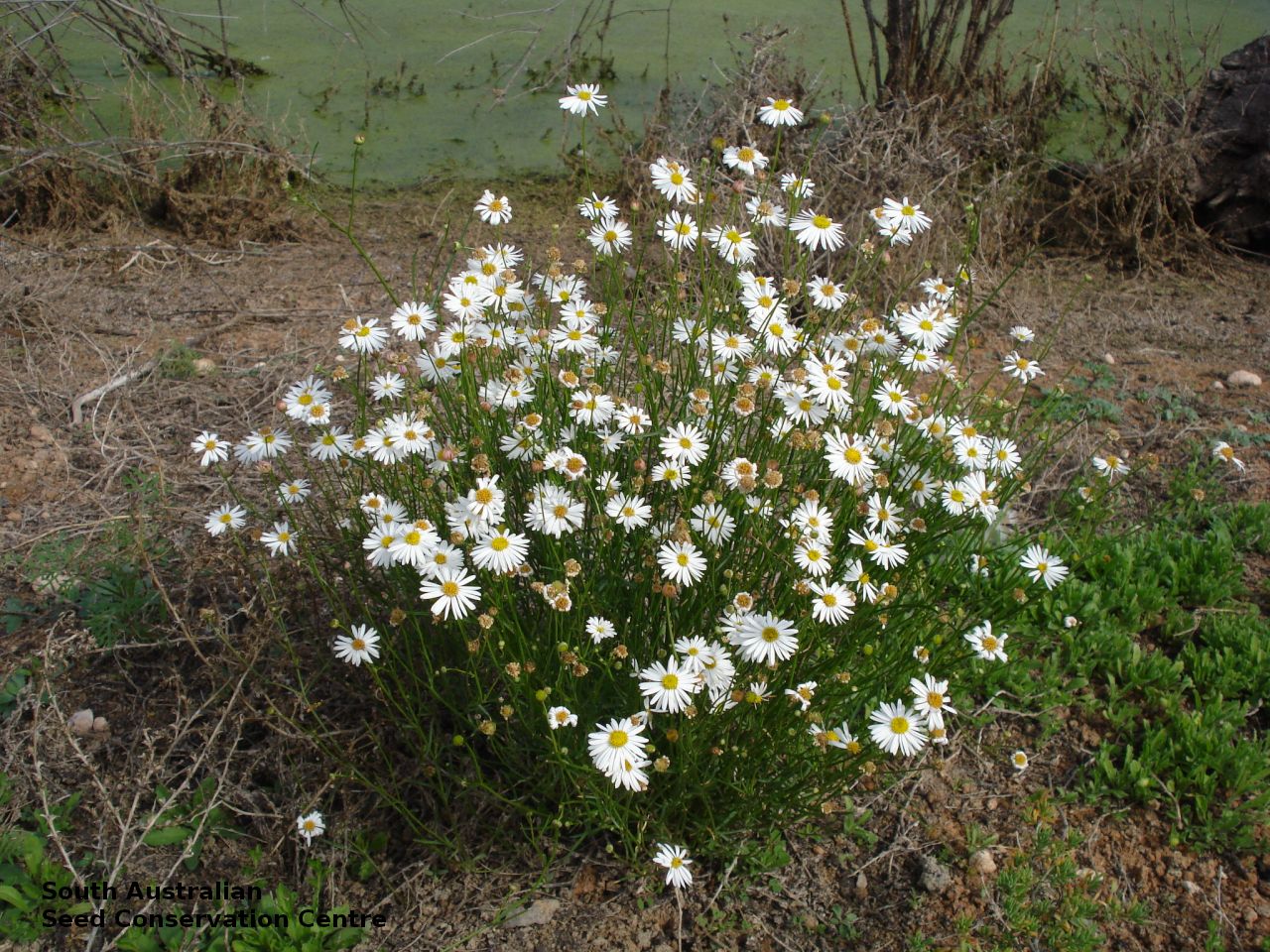

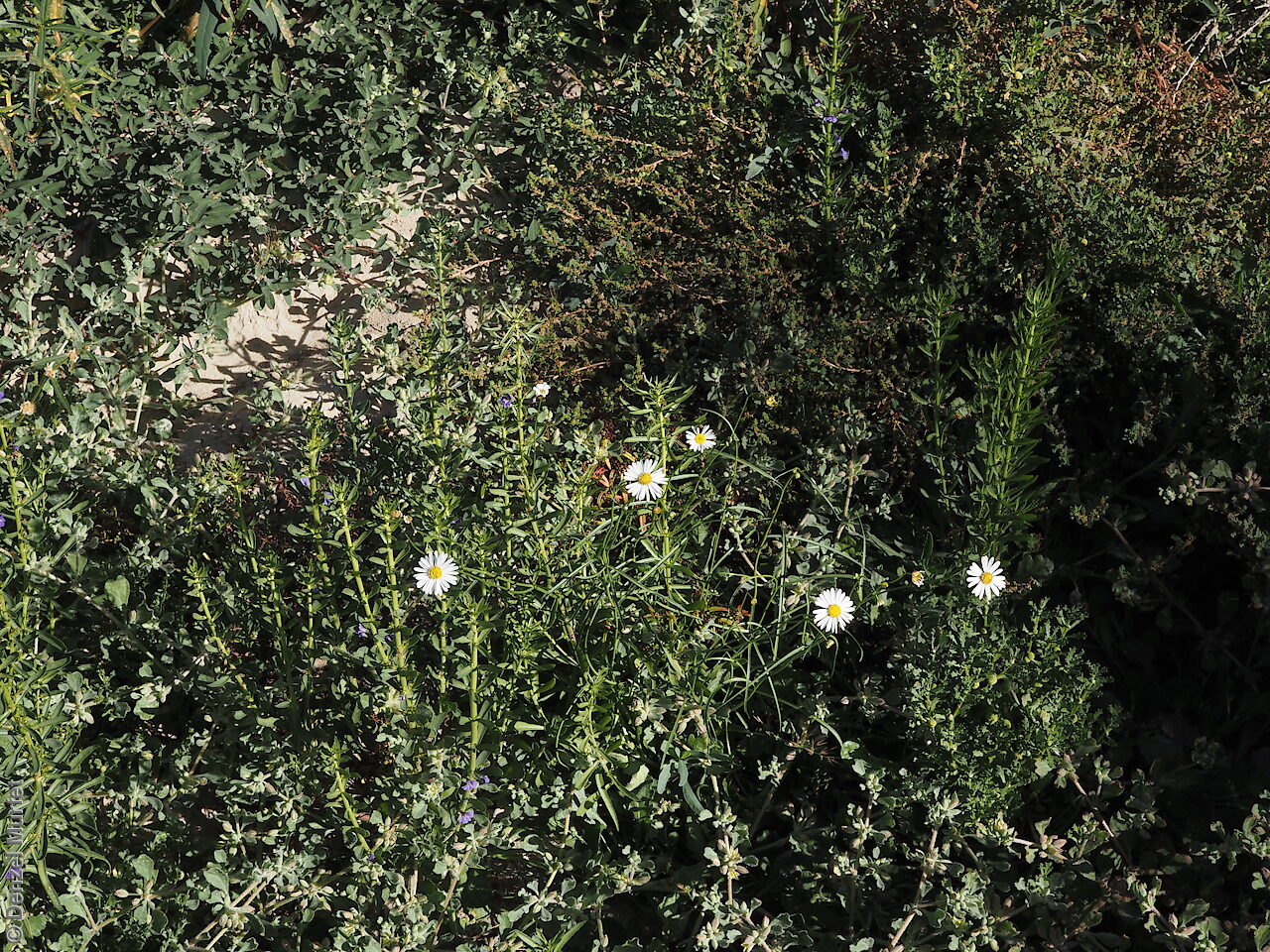
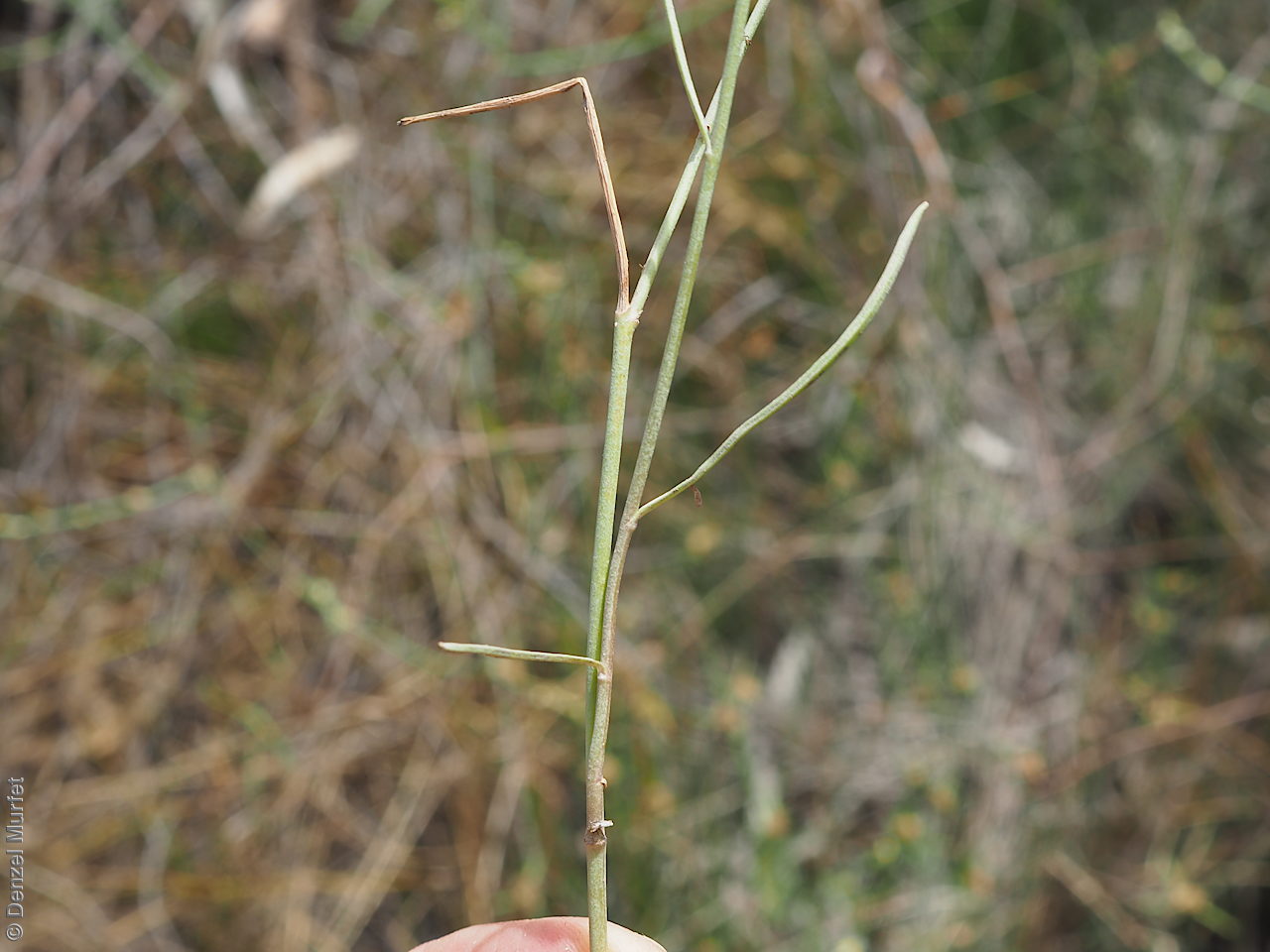
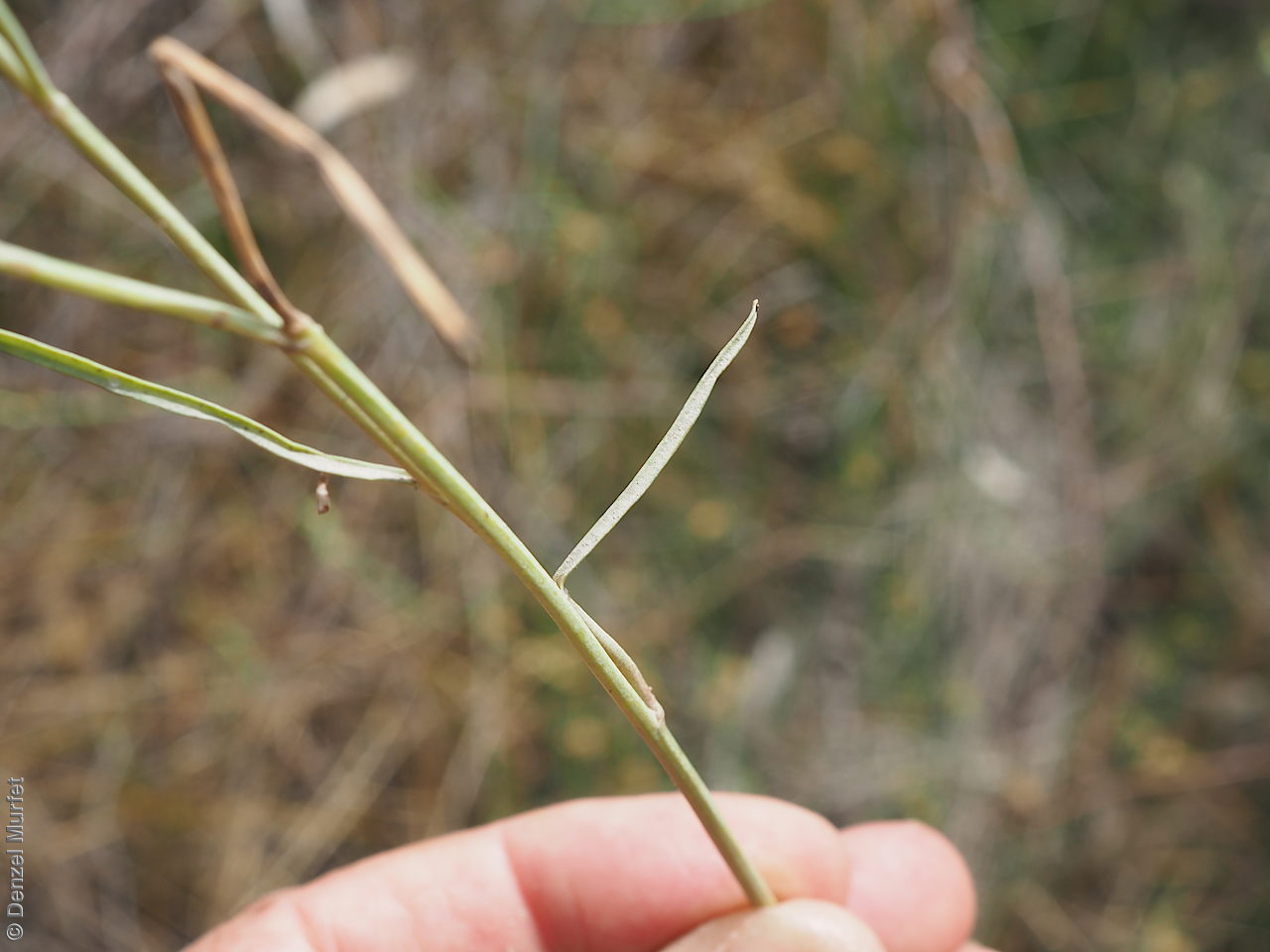
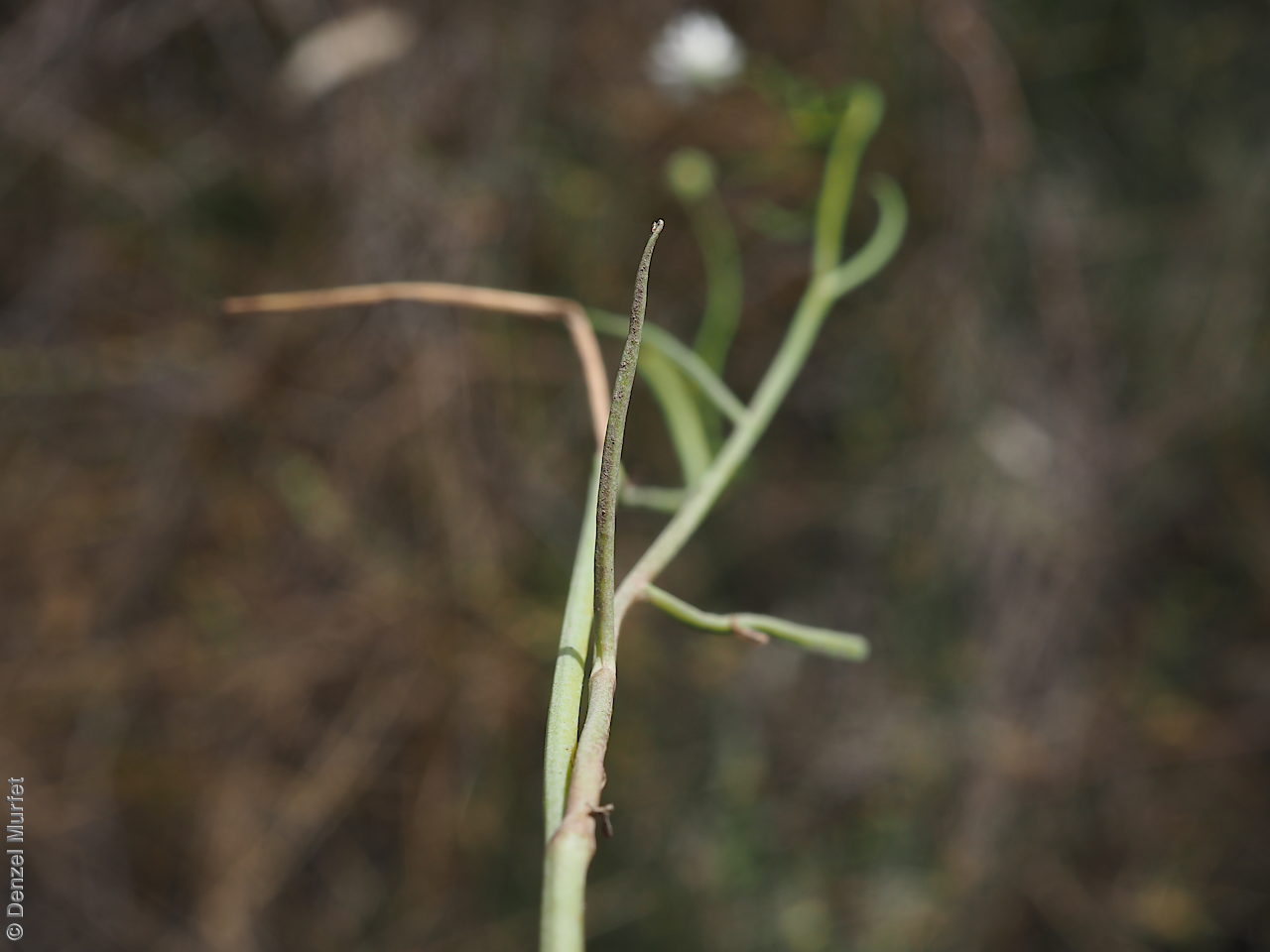
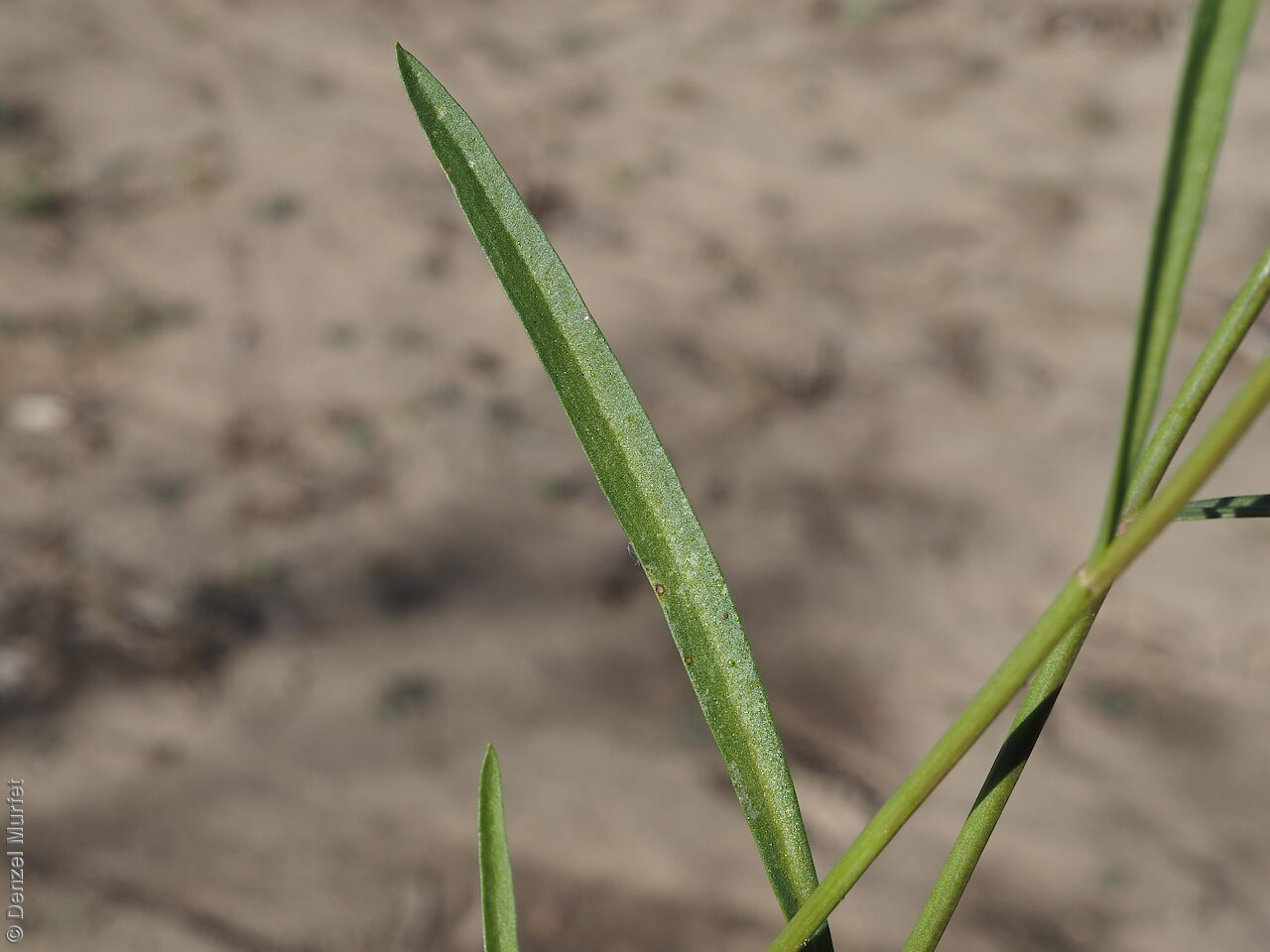
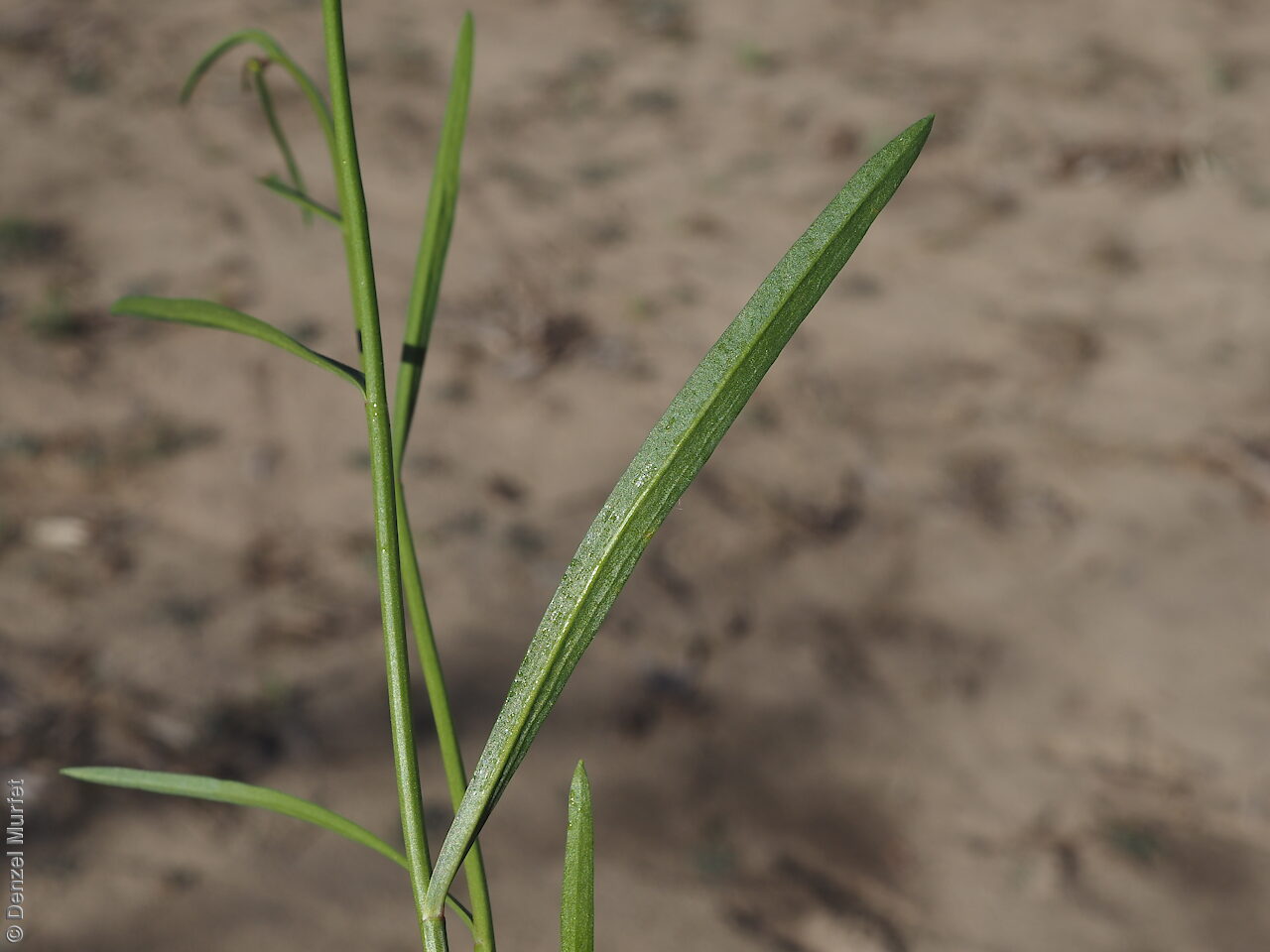
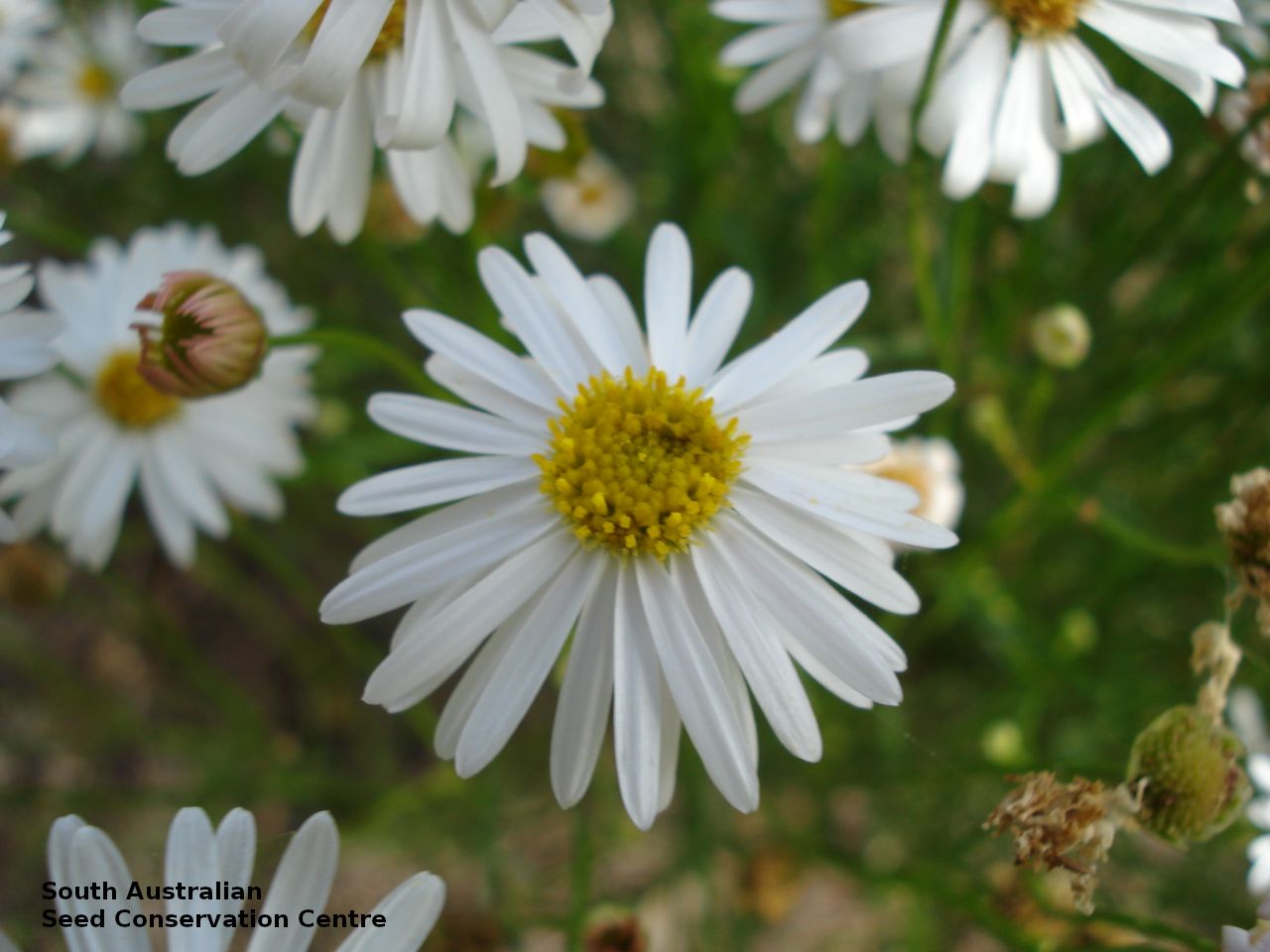
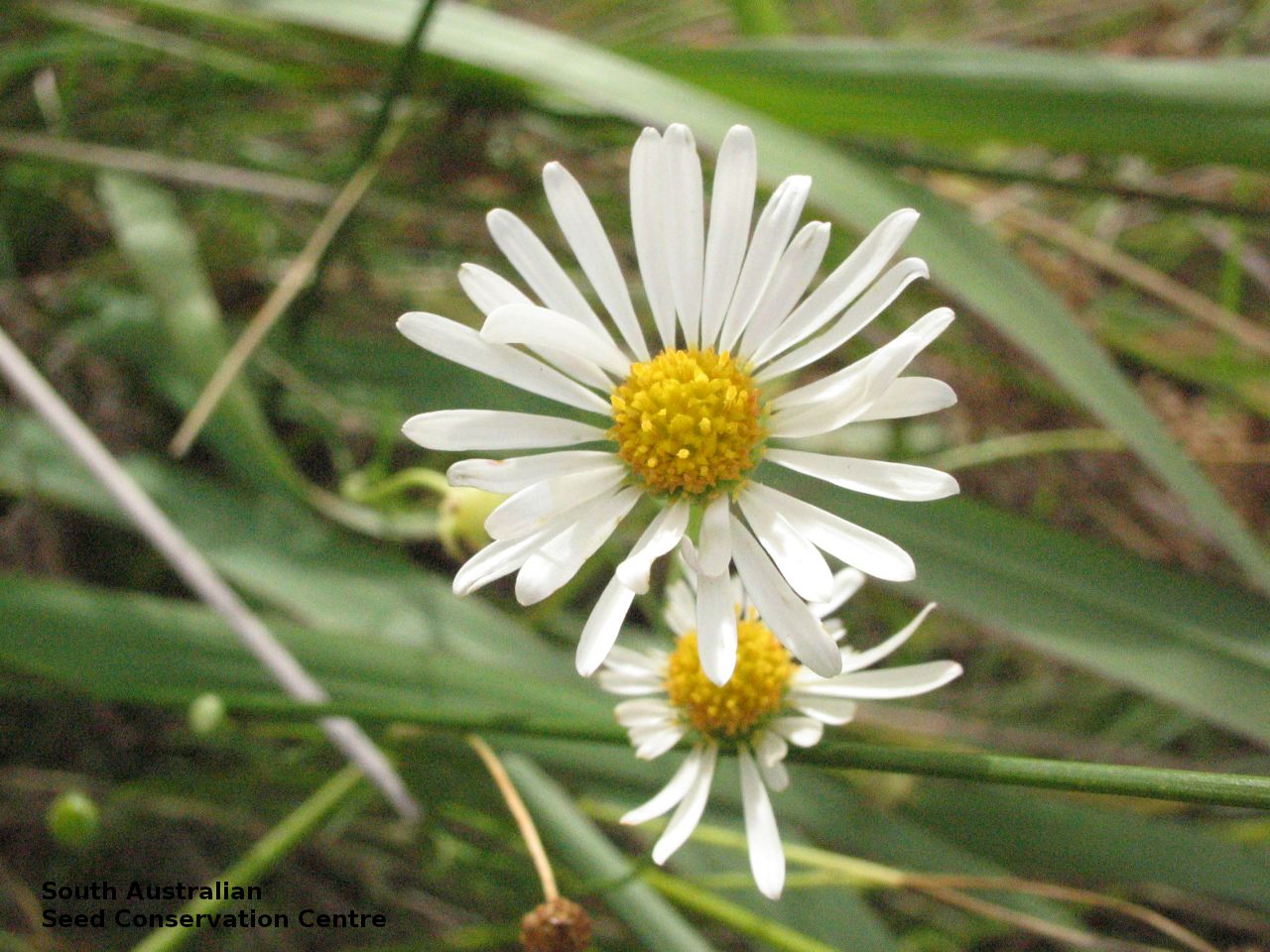
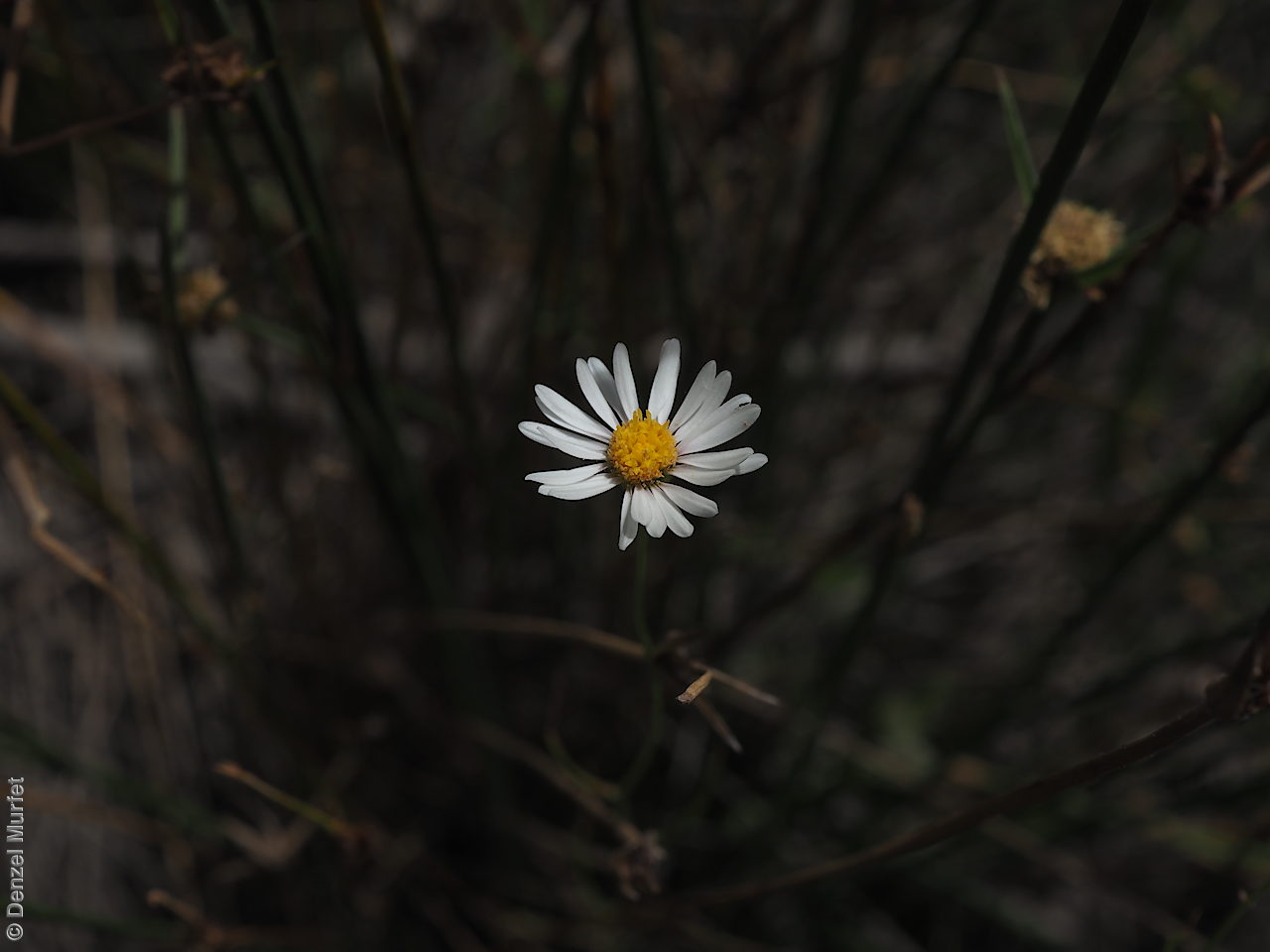

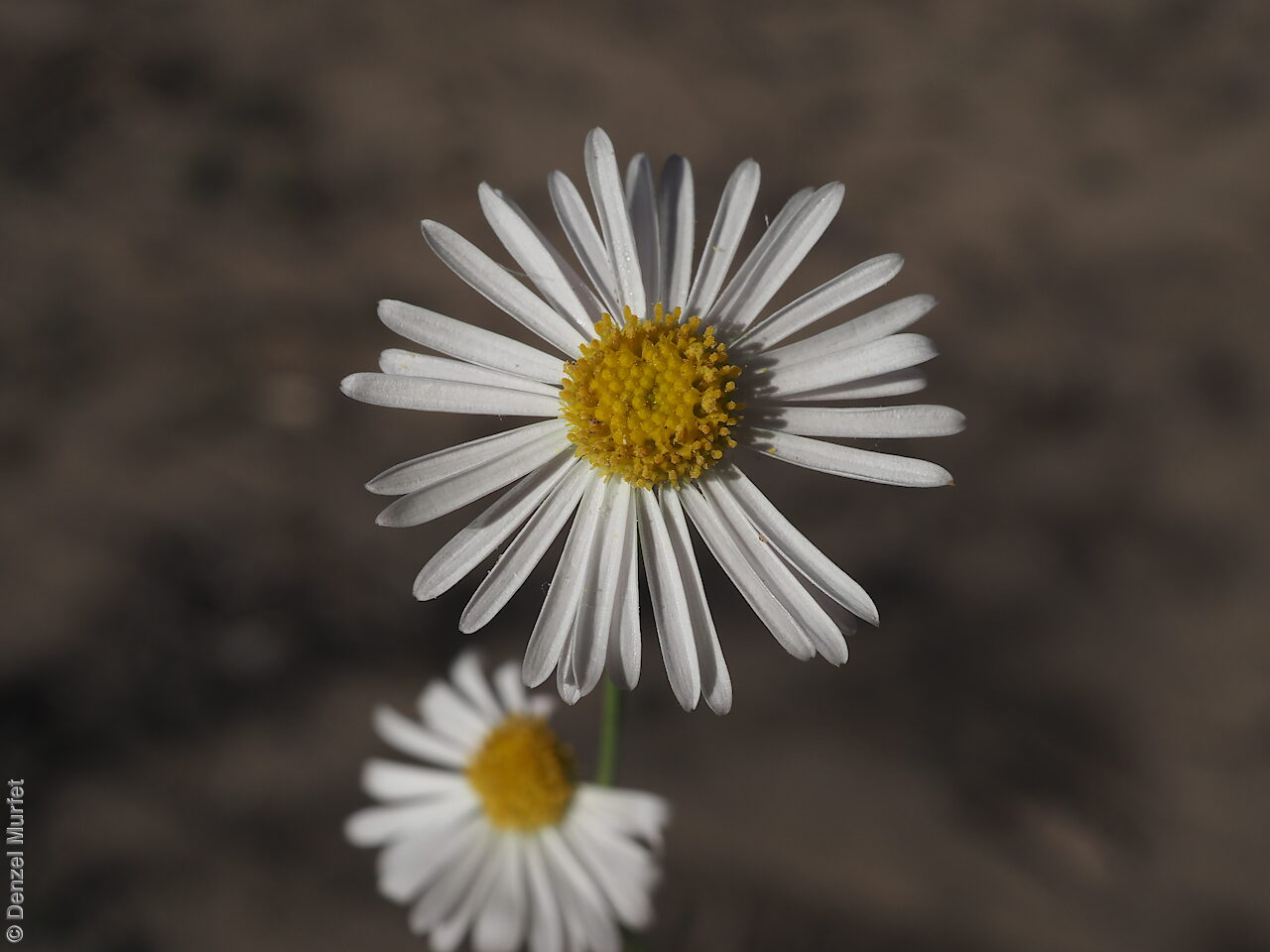
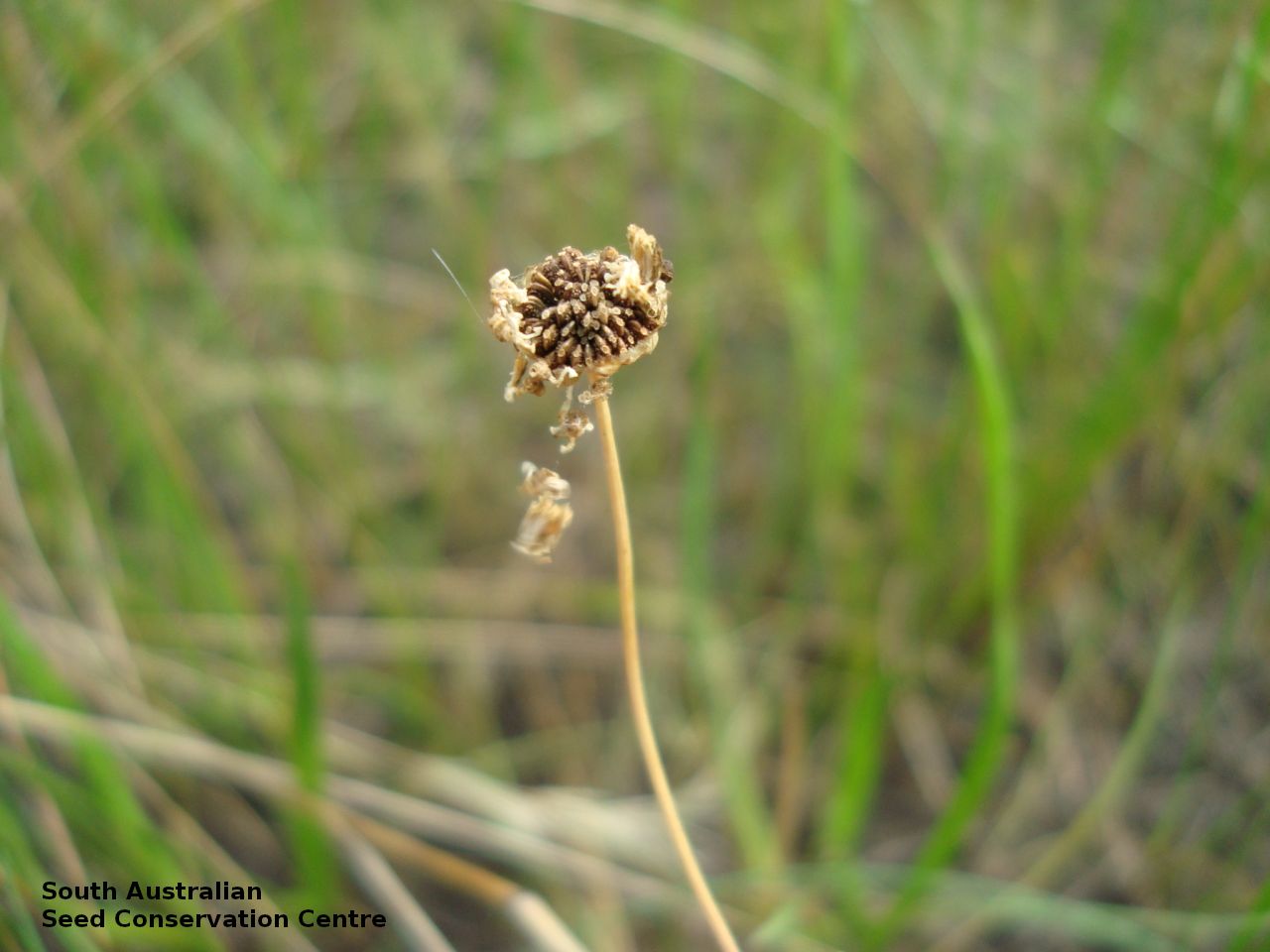
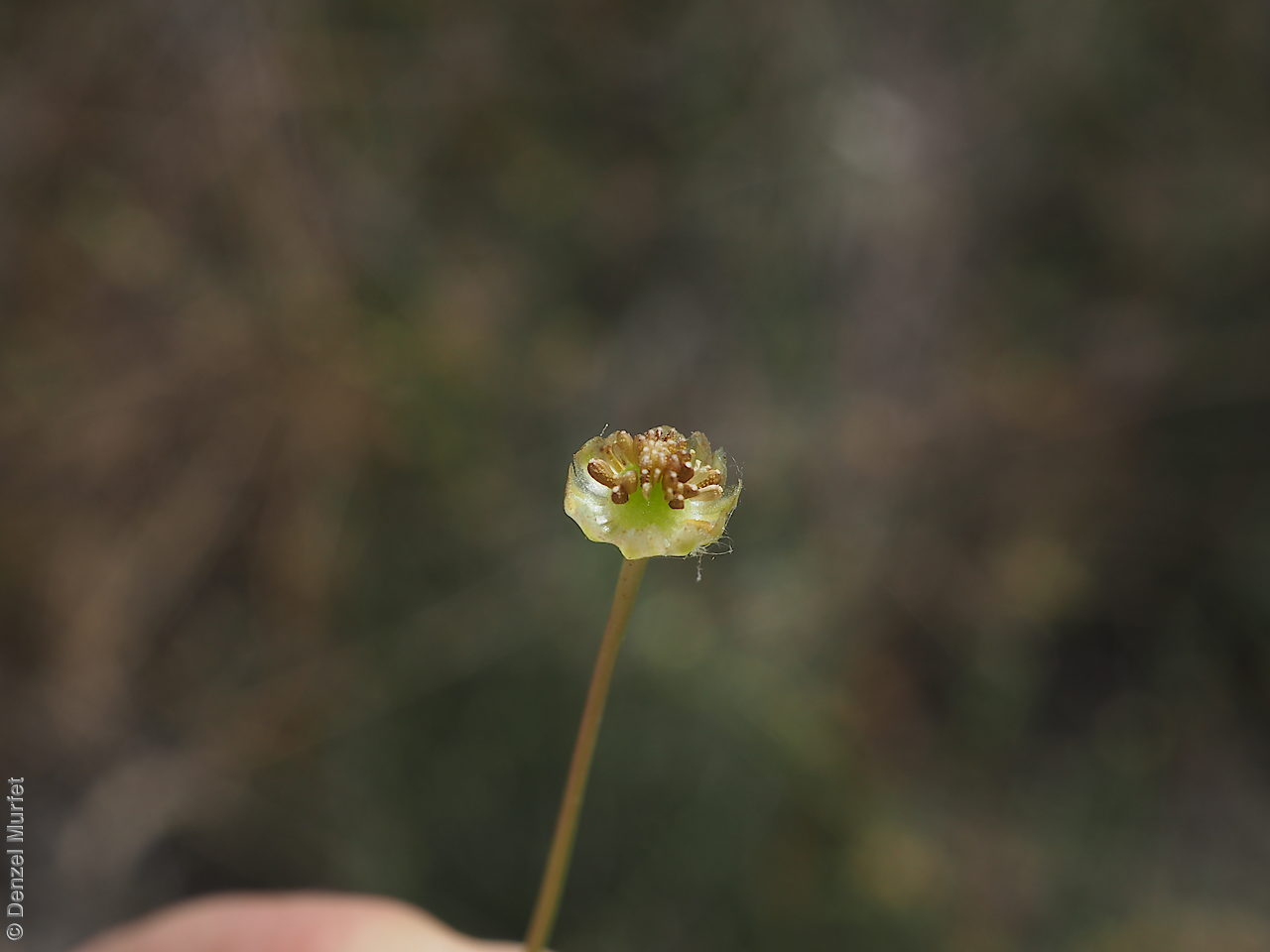
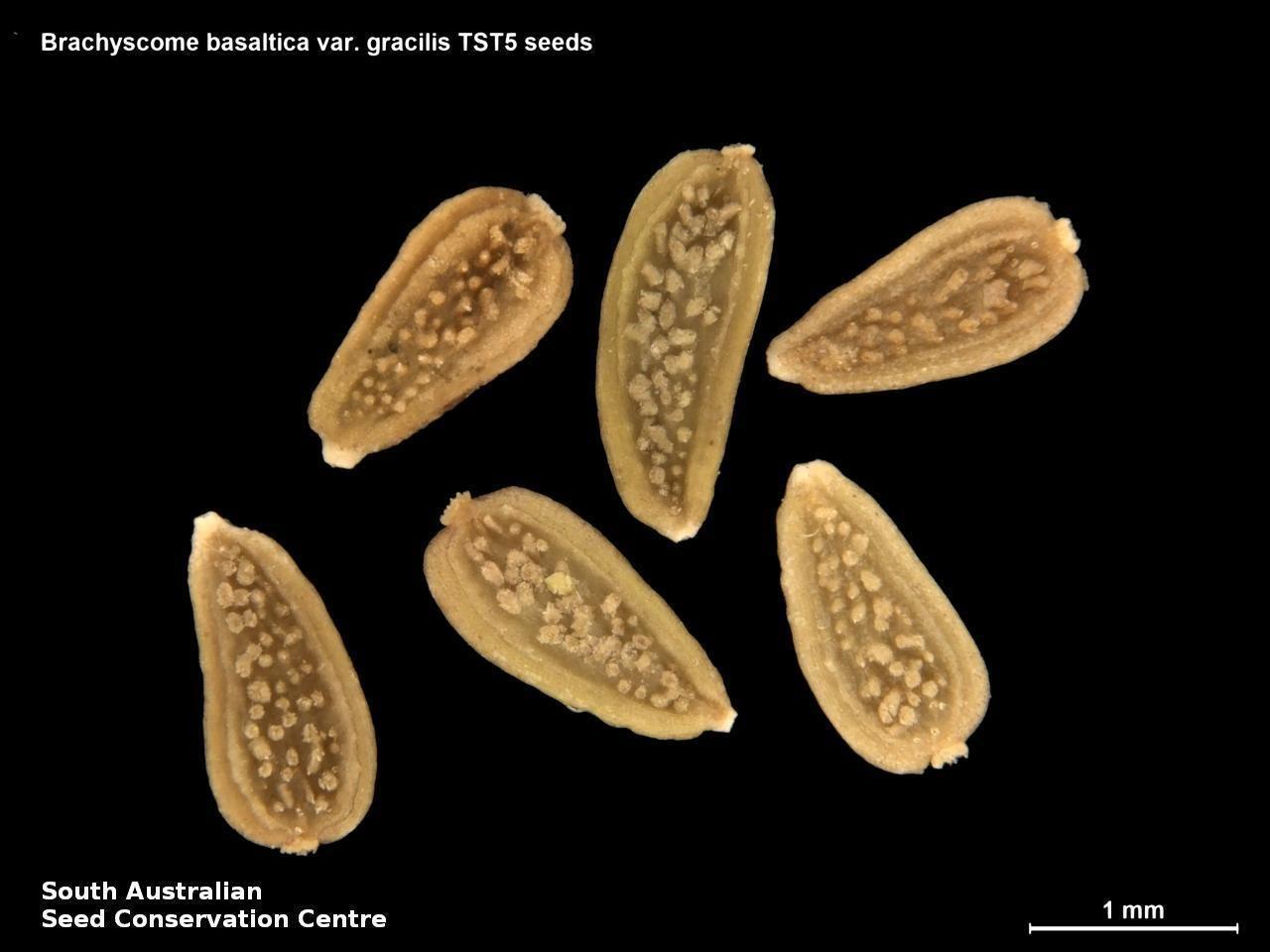


Botanical art
Prior names
Brachyscome basaltica var. gracilis
Brachycome basaltica var. gracilis
Etymology
Brachyscome from the Greek 'brachys' meaning short and 'kome' meaning hair, referring to the tuft of short bristles or hairs of the pappus. Paludicola from the Latin 'paludosus' meaning marshy and 'cola' meaning dwelling in, referring to its usual habitat in swampy sites.
Distribution and status
Found along the Murray River and in the South-east of South Australia, growing on inundated clay soils and common in seasonally wet, red gum dominated flats. Also found in New South Wales and Victoria. Native. Rare in South Australia. Common in the other States.
Herbarium regions: Murray, Southern Lofty, South Eastern, Green Adelaide
NRM regions: Adelaide and Mount Lofty Ranges, South Australian Murray-Darling Basin, South East
AVH map: SA distribution map (external link)
Plant description
Perennial herb to 60 cm high, with an underground rhizome. Stems sparsely branched, erect, rather weak, glabrous. Leaves radical and cauline, sessile, narrowly lanceolate to linear, entire, narrowed at the base, acute, to 9 cm long and 2.5 mm wide, glabrous, with a prominent mid-vein. Large solitary white daisy flower on a long stalk. Flowering between September and January. Fruits are brown daisy-heads. Seeds are brown, semi-flat ovoid seed to 2mm long with a smooth, broad margin, surface covered with tubercule and pappus reduced to a microscopic rim. Seed embryo type is spatulate fully developed.
Seed collection and propagation
Collect seeds between November and June. Pick heads that are maturing, drying off, with brown seeds that dislodge easily. Place the seed-heads in a tray and leave to dry for a week. Then gently rub the heads by hand to dislodge the seeds. Use a sieve to separate the unwanted material. Store the seeds with a desiccant such as dried silica beads or dry rice, in an air tight container in a cool and dry place. Seed viability can be average.
| Location | No. of seeds (weight grams) | Number of plants | Date collected | Collection number Collection location | Date stored | % Viability | Storage temperature |
|---|---|---|---|---|---|---|---|
| BGA MSB | 2,300 (0.23 g) 6,000 (0.6 g) | 27-Apr-2006 | TST5 Murray | 14-Sep-2006 | 70% | +5°C, -18°C | |
| BGA | 2,400 (0.34 g) | 50 | 17-May-2006 | PJA127 Murray | 1-Aug-2007 | 90% | +5°C, -18°C |
| BGA | 3,500 (0.47 g) | 1-Jun-2006 | TST5 Murray | 1-Aug-2007 | 65% | +5°C, -18°C |
Number of plants: This is the number of plants from which the seeds were collected.
Collection location: The Herbarium of South Australia's region name.
% Viability: Percentage of filled healthy seeds determined by a cut test or x-ray.